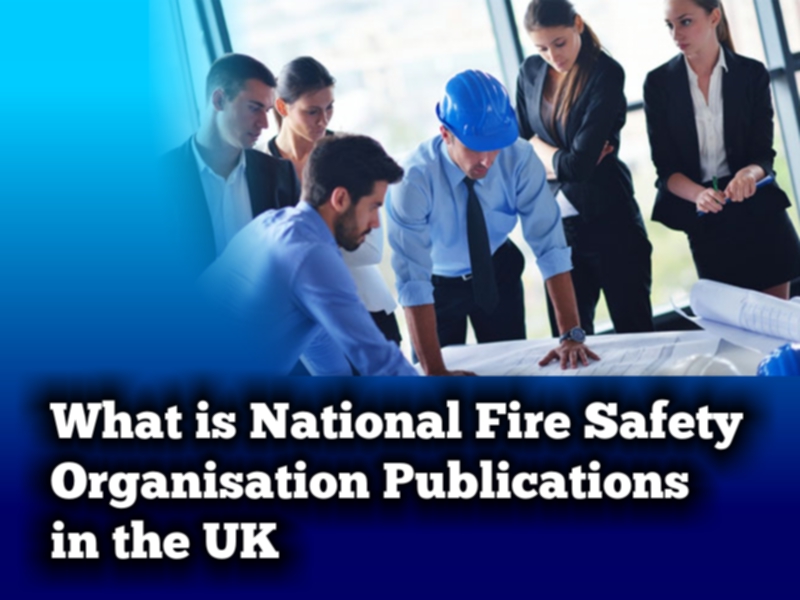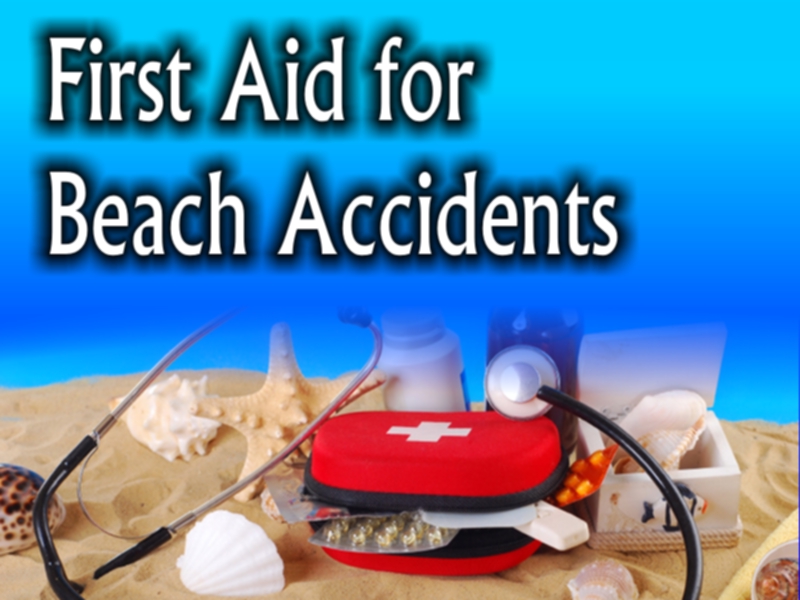Fire Safety Organisation Publications

The Fire Protection Association (FPA) is the UK’s national fire safety organisation and we work to identify and draw attention to the dangers of fire and the means by which their potential for loss is kept to a minimum.
Since our formation in 1946 we have attained an unrivalled reputation for quality of work and expertise in all aspects of fire including research, consultancy, training, membership, publications, risk surveying and auditing. Our products and services are designed to assist fire, security and safety professionals achieve and maintain the very highest standards of fire safety management.
Way back in 1880 the UK insurance industry, represented by the British Insurance Association(now the Association of British Insurers), formed the Fire Offices Committee (FOC) for the purposes of insurance tariff setting and technical support, and the Fire Protection Association (FPA) for information dissemination.
In the early 1900s the FOC set up a test laboratory on the outskirts of London at Borehamwood, which at the start of World War II was taken over by the government as the Fire Research Station (FRS), with the FOC’s technical department being represented by a combined group called the Joint Fire Research Organisation (JFRO).
In the early 1980s, aided by the ABI, there was a parting of the ways to address the often incompatible issues of ‘life safety’ versus ‘business and property protection’, and the technical arm of FOC formed the Fire Insurer’s Research and Testing Organisation (FIRTO). FRS remained a government organisation until it was absorbed into the Building Research Establishment (BRE).
In 1984 FIRTO combined with the FOC technical department, FPA, and the Insurers Technical Bureau (ITB) to form the Loss Prevention Council (LPC) which later went on to develop a certification body called the Loss Prevention Certification Board (LPCB). In 1999 UK insurers sold LPC Laboratories and LPCB to BRE, retaining the Fire Protection Association which relocated to offices at Blackfriars in London. Many of FPA’s current staff have over the years worked for a number of the aforementioned organisations.
Fire Safety in the UK
With its roots firmly in the insurance sector, one of FPA’s primary roles is to encourage convergence of government (life safety) and insurer (life safety and business and property protection) fire protection perspectives. Where government statutory requirements are considered inadequate by insurers for business and property protection, the FPA develops and maintains a number of key insurer standards for the implementation of active and passive fire protection requirements, together with a substantial library of Risk Control documents.
FPA is located at the Fire Service College in Moreton-in-Marsh, Gloucestershire – placing it firmly at the heart of the UK fire industry. The FPA or Fire Safety Organisation Publications offers education and training in all areas of fire prevention and protection, a fire risk assessment service, a global risk management survey service for insurers and an active membership, all underpinned by proactive research consultancy conducted on behalf of insurers and commercial clients.


 The present fire safety legal provisions within the United Kingdom have evolved from measures introduced slowly over many years. Most fire safety legislation was introduced as the result of a major fire or fires that killed a large number of people. It is known as stable door legislation, because it was a response to an event that has already happened. For more information go to The History of Fire Safety Legislation.
The present fire safety legal provisions within the United Kingdom have evolved from measures introduced slowly over many years. Most fire safety legislation was introduced as the result of a major fire or fires that killed a large number of people. It is known as stable door legislation, because it was a response to an event that has already happened. For more information go to The History of Fire Safety Legislation.
 Abrasive wheels is very useful in almost all kinds of industrial work, but it is also important how to use it safely and properly for unfamiliarity of usage of this equipment can cause injury and danger.
Abrasive wheels is very useful in almost all kinds of industrial work, but it is also important how to use it safely and properly for unfamiliarity of usage of this equipment can cause injury and danger.